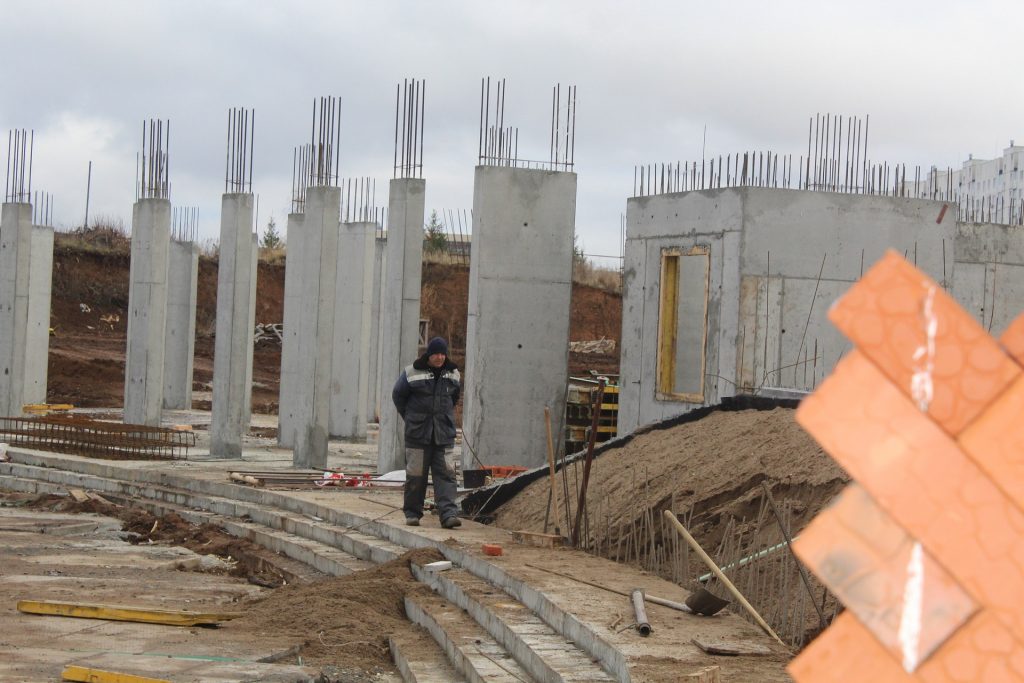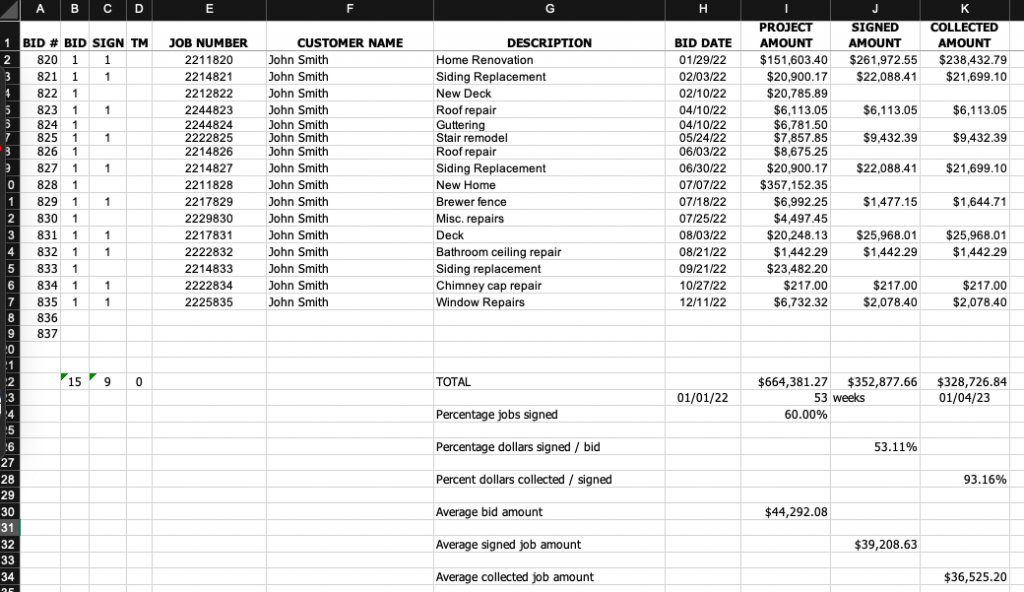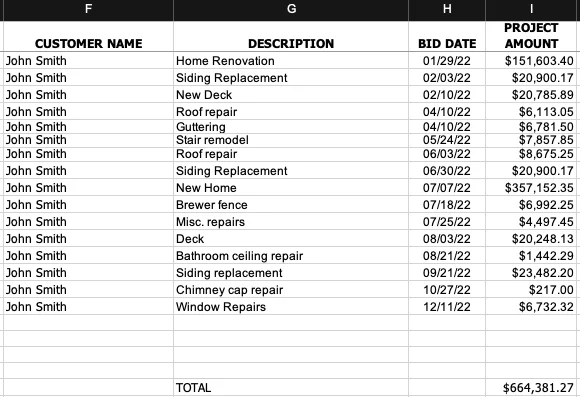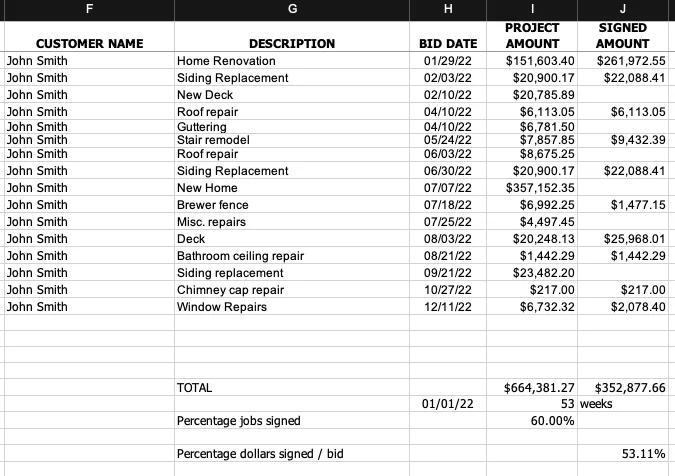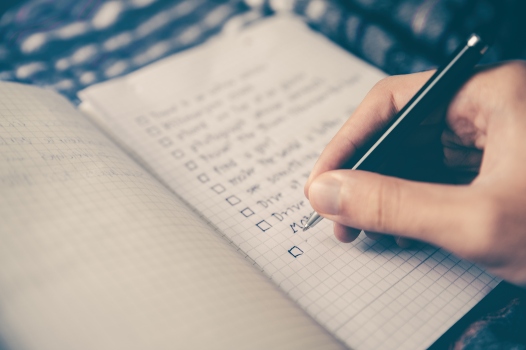This is Where Delegation Comes in
Having too much to do and not enough time to do it is a common situation. This is especially true for people in construction.
Chasing my tail and trying to keep up is a good description of how this past week was for me. There were four different construction projects being done at the same time. This involved organizing multiple subcontractors and materials.
In addition to this, there are six construction projects that are either waiting to be started, need to be scheduled, or need change orders done.
Oh, and don’t forget the proposals that need to be made, payment applications and invoices for the week, and record keeping.
Sounds like a pretty normal week in construction, doesn’t it?

This week wasn’t necessarily any busier than normal. It was the need for my involvement in the construction projects that was the big difference. This required a change of focus. I need help!
One of the things that I struggle with is delegating. By nature, I try to do everything. It is my business after all. Serving my customers well is my responsibility. But me doing everything can only work if I limit what I’m going to do.
Over the last several years, I have been working hard to figure out who exactly God has designed me to be. What my strengths and weaknesses are.
As I worked through this process, I have reached a conclusion. God’s intended purpose for me is to help as many people as possible find solutions for building their dreams. Even if they may not know they’re looking for them.
There is a limit to how many people I can help by myself.

In Exodus 18:13-26, Moses was trying to solve all the issues of all the people. There were so many people that needed help and he couldn’t help them all. His father-in-law saw this and recommended that he share the load and put his energy and focus on what God had designed him to do…not everything.
If I am going to help more people and help them well, I must share my load, just like Moses.
One of the problems of delegation is that too often sharing of the load is done without much clarity or planning. Positions are just filled with the first warm body that comes along and says yes.
Rather than helping to carry the load, this often just makes it heavier. If you have ever experienced this, it makes it harder to share the load the next time.
It’s taken me a long time to figure out how to share the load, but I think I’m getting closer. My busy week would have been busier, or less would have gotten done, if it hadn’t been for my Virtual Assistant (VA), Emily.
I couldn’t have done it without Emily!
This help became evident as I was talking with one of the subs. He was working on one of the construction projects this week and asked me how I was able to get so much done.
I told him it was my VA Emily. He said, “I need an Emily.” I told him to find his own, because he couldn’t have mine.
In construction there are always towering mountains that need to be moved.

The key to moving the mountains is to share the shovels.
I am going to be careful and intentional about who gets what shovel. I need to make sure that the shovel and the person using it are a match.
Now…who’s getting the next shovel?
Even if delegating is not natural for me. It’s needed if I’m going to fulfill God’s purpose to help as many people as possible find solutions for building their dreams.
This is a revision of a previous post titled Sharing the Shovels.






